In the realm of heavy transportation, the reliability and efficiency of semi truck trailer brakes are paramount. At CarMax Vehicle, we understand the critical role that brake systems play in ensuring safety, compliance, and performance on the road. This comprehensive guide delves into the intricacies of semi truck trailer brakes, exploring their types, functionality, maintenance, and the latest advancements in brake technology. Whether you are a fleet manager, truck owner, or industry enthusiast, this guide provides valuable insights to help you make informed decisions and maintain optimal brake performance.
Types of Semi Truck Trailer Brakes
Understanding the various types of semi truck trailer brakes is essential for selecting the right system for your needs. The two primary categories are:
1. Air Brakes
Air brakes are the most common type used in heavy-duty trucking due to their reliability and effectiveness. They operate using compressed air, which drives the brake components to slow down or stop the vehicle.
- S-Service Brakes: Primarily used for service braking, acting on the tractor unit.
- W-Service Brakes: Incorporated into the trailer for additional braking force.
- Auxiliary and Emergency Brakes: Provide additional stopping power and act as a fail-safe mechanism.

2. Electric Brakes
Electric brakes utilize electrical power to operate the braking mechanism. They are less common in heavy-duty applications but offer advantages in specific scenarios.
- Electromagnetic Brakes: Engage and disengage using an electric current.
- Electronic Controlled Brakes (ECB): Allow for precise control and integration with other electronic systems.
How Semi Truck Trailer Brakes Work
Semi truck trailer brakes operate through a combination of mechanical and pneumatic systems to provide effective stopping power. Here’s a step-by-step breakdown of their functionality:
- Brake Pedal Activation: When the driver presses the brake pedal, it sends a signal to the air compressor to generate pressure.
- Air Pressure Transmission: Compressed air travels through lines to the brake chambers located at each wheel.
- Brake Actuation: The air pressure forces the brake shoes against the drums (in drum brakes) or activates the calipers (in disc brakes), creating friction to slow the wheel’s rotation.
- Release Mechanism: Upon releasing the brake pedal, air pressure is reduced, and springs retract the brake components, allowing the wheels to move freely.
Diagram: Air Brake System Components
| Component | Function |
|---|---|
| Brake Pedal | Initiates the braking process |
| Air Compressor | Generates compressed air for the brake system |
| Brake Chambers | Convert air pressure into mechanical force |
| Brake Shoes/Calipers | Create friction to slow down or stop the vehicle |
| Slack Adjusters | Maintain appropriate clearance and adjust brake shoes |
| Air Lines | Transport compressed air to various brake components |
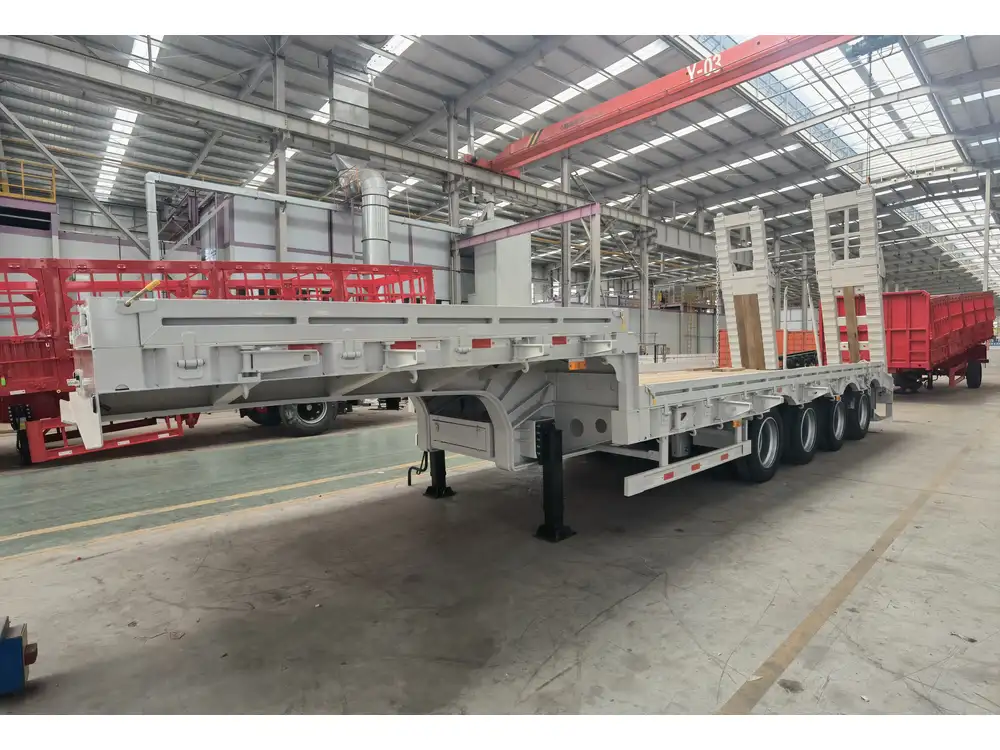
Importance of Reliable Brakes in Heavy Haulage
Reliable brakes are non-negotiable in heavy haulage for several reasons:
1. Safety
Effective braking systems prevent accidents by ensuring that trucks can stop swiftly and maintain control, especially under heavy loads or in adverse conditions.
2. Regulatory Compliance
Transportation authorities mandate stringent brake performance standards. Non-compliance can result in hefty fines, operational restrictions, and increased liability risks.

3. Operational Efficiency
Well-maintained brakes contribute to smoother operations by reducing wear and tear on the braking system, minimizing downtime, and extending the lifespan of brake components.
4. Cost Savings
Investing in high-quality brake systems and regular maintenance can lead to significant cost savings by avoiding costly repairs and minimizing fuel consumption through optimized braking performance.
Maintenance and Inspection of Trailer Brakes
Regular maintenance and thorough inspections are crucial for ensuring the longevity and reliability of semi truck trailer brakes. Here’s a step-by-step approach to effective brake maintenance:

1. Routine Inspections
- Visual Checks: Inspect brake components for signs of wear, damage, or leaks.
- Air Pressure Verification: Ensure that the air pressure is within the specified range for optimal brake performance.
- Component Testing: Test the functionality of brake shoes, drums, calipers, and slack adjusters.
2. Scheduled Maintenance
- Brake Shoe Replacement: Replace brake shoes when the friction material is worn beyond safe limits.
- Caliper Servicing: Clean and lubricate calipers to prevent seizing and ensure smooth operation.
- Air Line Maintenance: Check for cracks, leaks, or blockages in air lines and replace as necessary.
3. Performance Testing
- Brake Force Distribution: Ensure that braking force is evenly distributed across all wheels to prevent uneven wear and maintain stability.
- Response Time Evaluation: Test the responsiveness of the braking system to ensure timely and effective stopping.
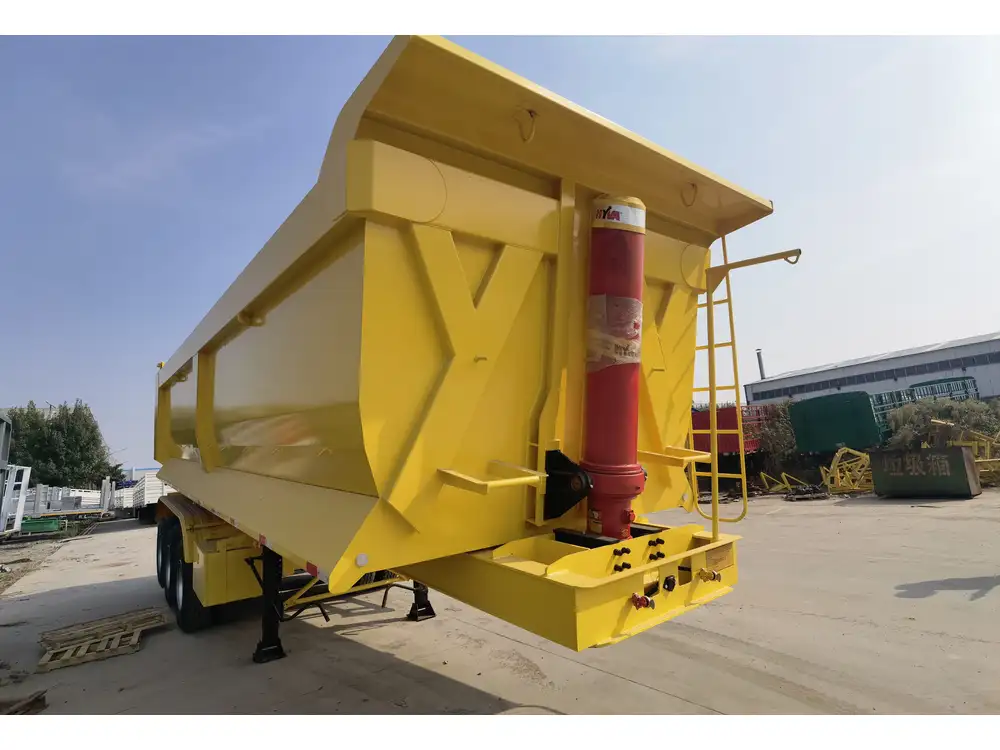
4. Record-Keeping
Maintain detailed records of all maintenance activities, inspections, and component replacements to track the health of the brake system and plan future servicing schedules.
Common Issues with Semi Truck Trailer Brakes and Solutions
Despite regular maintenance, several common issues can arise with semi truck trailer brakes. Understanding these problems and their solutions is key to maintaining brake performance.
1. Air Leaks
Symptoms: Reduced brake pressure, longer stopping distances, and brake failure.
Solutions:
- Identify Leak Points: Inspect air lines, connections, and brake chambers for visible leaks.
- Replace Damaged Components: Repair or replace any components that are faulty or damaged.
- Regular Sealing: Ensure that all connections are properly sealed to prevent future leaks.

2. Worn Brake Shoes
Symptoms: Squealing noises, decreased braking efficiency, and visible wear on brake shoes.
Solutions:
- Timely Replacement: Replace brake shoes before they reach the minimum thickness.
- Quality Components: Use high-quality brake shoes from trusted manufacturers like CarMax Trailer to ensure longevity and performance.
3. Overheating Brakes
Symptoms: Brake fade, discoloration of brake components, and warping of brake drums or discs.
Solutions:
- Improve Ventilation: Ensure adequate airflow around brake components to dissipate heat.
- Upgrade Brake Systems: Consider upgrading to more efficient brake systems that handle higher temperatures.
- Driver Training: Educate drivers on effective braking techniques to minimize excessive heat build-up.
4. Faulty Slack Adjusters
Symptoms: Inconsistent brake performance, uneven brake shoe wear, and potential brake failure.
Solutions:
- Regular Adjustment: Keep slack adjusters properly adjusted to maintain optimal clearance.
- Component Replacement: Replace any damaged or malfunctioning slack adjusters promptly.

Advances in Brake Technology for Semi Truck Trailers
The landscape of brake technology is continually evolving, bringing forth innovations that enhance performance, safety, and efficiency.
1. Electronic Controlled Brakes (ECB)
ECB systems integrate electronic controls with braking mechanisms, allowing for precise modulation and coordination between tractor and trailer brakes. Benefits include improved braking efficiency, reduced brake wear, and enhanced safety features.
2. Anti-lock Braking Systems (ABS)
ABS prevents wheel lock-up during braking, maintaining traction and steering control. Modern ABS technology in semi truck trailers offers superior stability, especially on slippery or uneven surfaces.
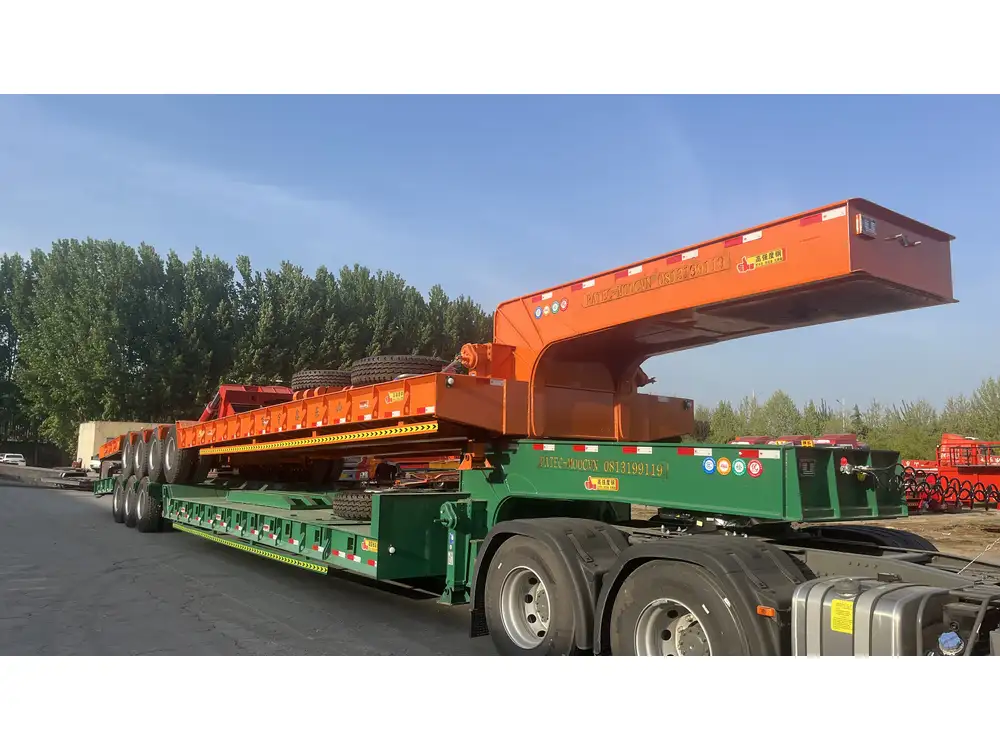
3. Brake-by-Wire Systems
These systems replace traditional hydraulic or pneumatic brake systems with electronic controls, offering faster response times and greater flexibility in brake modulation. Brake-by-wire systems also facilitate integration with advanced driver assistance systems (ADAS).
4. Automated Slack Adjusters
Automated slack adjusters continuously adjust the slack in brake lines, ensuring consistent brake performance without manual intervention. This technology reduces maintenance intervals and enhances overall brake reliability.
Why Choose CarMax Trailer for Your Brake Solutions
At CarMax Trailer, we are committed to providing top-tier brake solutions tailored to the unique needs of the heavy transportation industry. Here’s why CarMax Trailer stands out:

1. Quality Engineering
Our brake systems are engineered with precision and built to withstand the demands of heavy-duty hauling, ensuring longevity and consistent performance.
2. Innovative Technology
We incorporate the latest advancements in brake technology, such as ECB and ABS, ensuring that our systems offer superior safety and efficiency.
3. Comprehensive Support
From installation to maintenance, CarMax Trailer offers comprehensive support services to keep your brake systems running smoothly.
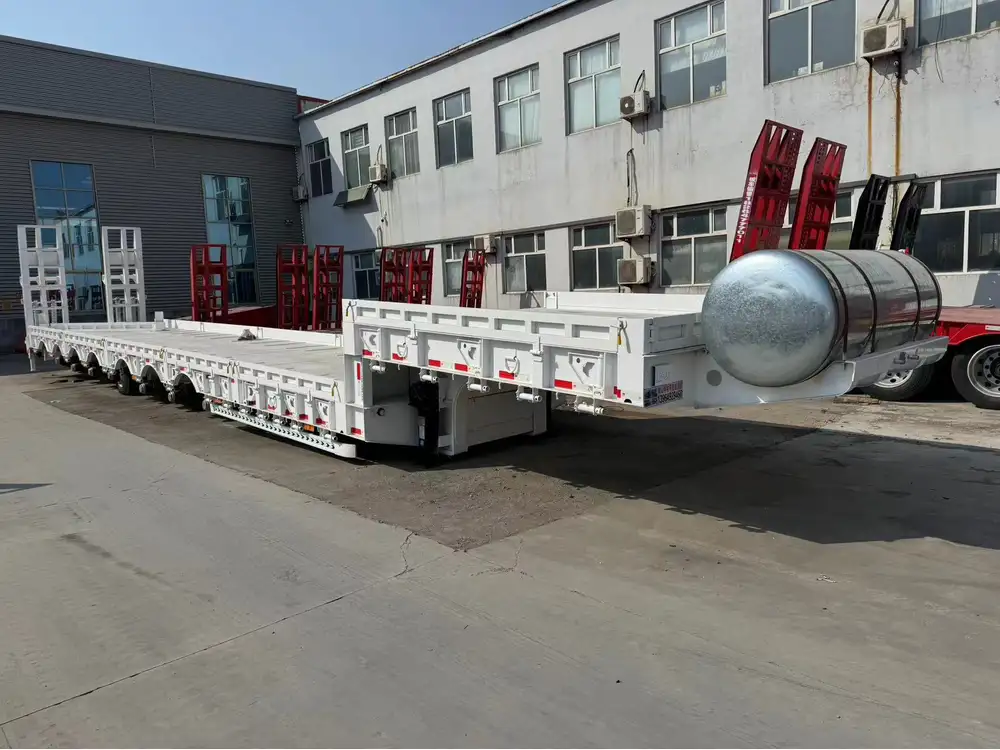
4. Customization Options
We understand that each fleet has unique requirements. Our brake solutions can be customized to meet specific performance and regulatory needs.
5. Proven Reliability
Trusted by fleets nationwide, CarMax Trailer brake systems are known for their reliability, reducing downtime and enhancing operational efficiency.
Comparison Table: CarMax Brake Systems vs. Competitors
| Feature | CarMax Trailer | Competitor A | Competitor B |
|---|---|---|---|
| Material Quality | High-grade, durable materials | Standard-grade materials | Variable quality |
| Technology Integration | Advanced ECB and ABS systems | Basic air brake systems | Limited electronic controls |
| Customization | Tailored solutions available | Limited customization options | Standard offerings only |
| Maintenance Support | Comprehensive maintenance services | Minimal support services | Variable support availability |
| Warranty | Extended warranty coverage | Standard warranty periods | Short-term warranties available |
| Price Point | Competitive pricing for quality | Lower initial cost but limited lifespan | Higher cost with mixed quality |

Installation Process of Semi Truck Trailer Brakes
Proper installation is crucial for the optimal performance of semi truck trailer brakes. Here’s an overview of the installation process provided by CarMax Trailer:
1. Pre-Installation Inspection
- Assessment: Evaluate the existing brake system and trailer condition.
- Compatibility Check: Ensure that the new brake components are compatible with the trailer’s specifications.
2. Component Preparation
- Cleaning: Thoroughly clean all mounting points and components to ensure proper fitting.
- Component Assembly: Assemble brake components according to CarMax Trailer’s guidelines.

3. Installation Steps
- Mounting Brake Chambers: Secure brake chambers to the trailer frame using appropriate fasteners.
- Air Line Connection: Connect air lines from the tractor to the trailer brake chambers, ensuring airtight seals.
- Brake Shoe Installation: Install brake shoes or calipers, adjusting slack adjusters for optimal clearance.
- Electrical Connections (if applicable): Integrate electronic brake components with the trailer’s electrical system.
4. System Testing
- Pressure Testing: Verify that the air brake system maintains consistent pressure without leaks.
- Functional Testing: Test brake response and ensure that all components operate smoothly and efficiently.
- Adjustment: Fine-tune brake settings for balanced and effective braking performance.
5. Final Inspection and Documentation
- Safety Checks: Conduct a final inspection to ensure all components are securely installed and functioning correctly.
- Documentation: Provide detailed records of the installation process and component specifications for future reference.
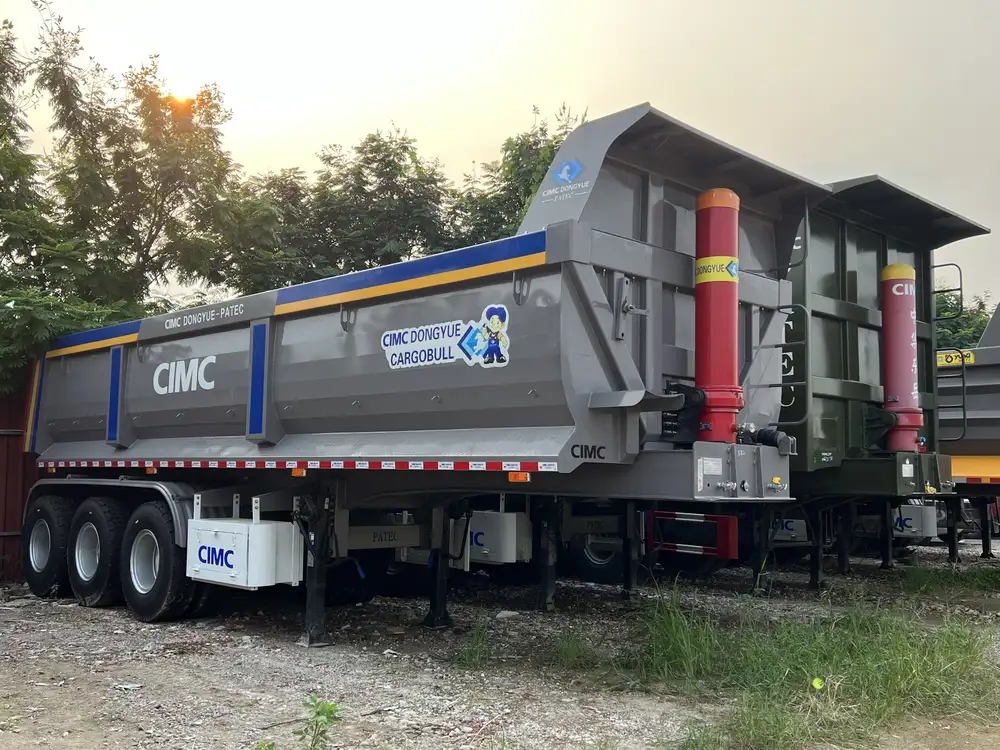
Safety Standards and Compliance for Trailer Brakes
Compliance with safety standards is essential for legal operation and ensuring the safety of drivers, cargo, and other road users. CarMax Trailer adheres to the following key standards:
1. Federal Motor Carrier Safety Administration (FMCSA)
Ensures that brake systems meet stringent performance and reliability criteria to enhance road safety.
2. Society of Automotive Engineers (SAE) Standards
Defines technical specifications for brake system components, ensuring consistency and quality across the industry.
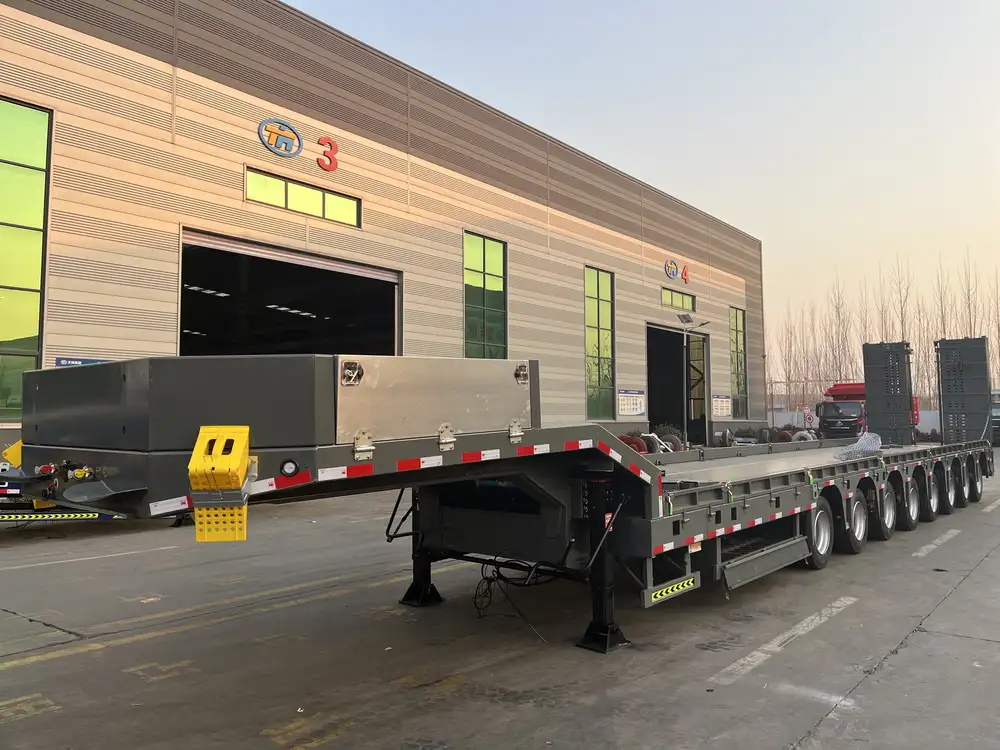
3. European Union Technical Standards (for international operations)
Ensures that trailer brakes meet EU regulations for transportation within European markets, facilitating seamless international operations.
4. ISO Standards
Adheres to international standards for quality management and product safety, ensuring that CarMax Trailer brake systems are globally recognized for their reliability and performance.
Cost Considerations in Choosing Trailer Brakes
When selecting semi truck trailer brakes, several cost factors must be evaluated to ensure value without compromising quality:
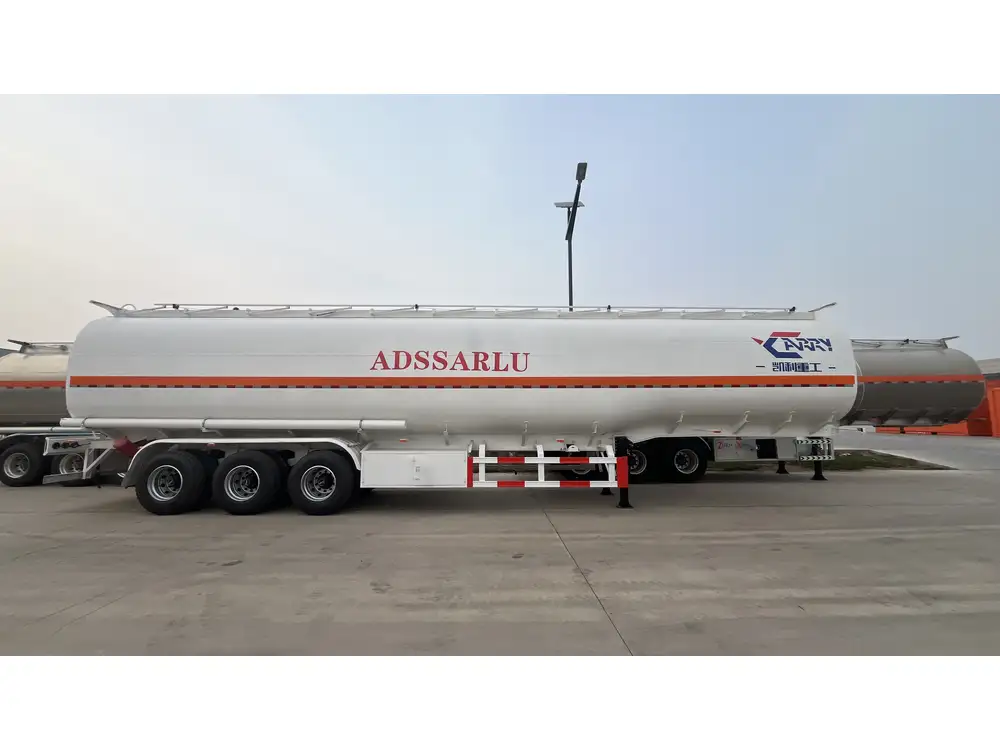
1. Initial Investment
- Component Costs: Higher-quality brake components may have a higher upfront cost but offer better performance and longevity.
- Installation Fees: Professional installation ensures optimal performance and may incur additional costs.
2. Maintenance Expenses
- Regular Servicing: Investing in a brake system with lower maintenance requirements can reduce long-term costs.
- Replacement Parts: Availability and cost of replacement parts should be considered when evaluating overall expenses.
3. Operational Costs
- Fuel Efficiency: Efficient braking systems can contribute to better fuel economy by reducing excessive drag.
- Downtime: Reliable brakes minimize the risk of breakdowns, reducing downtime and associated costs.
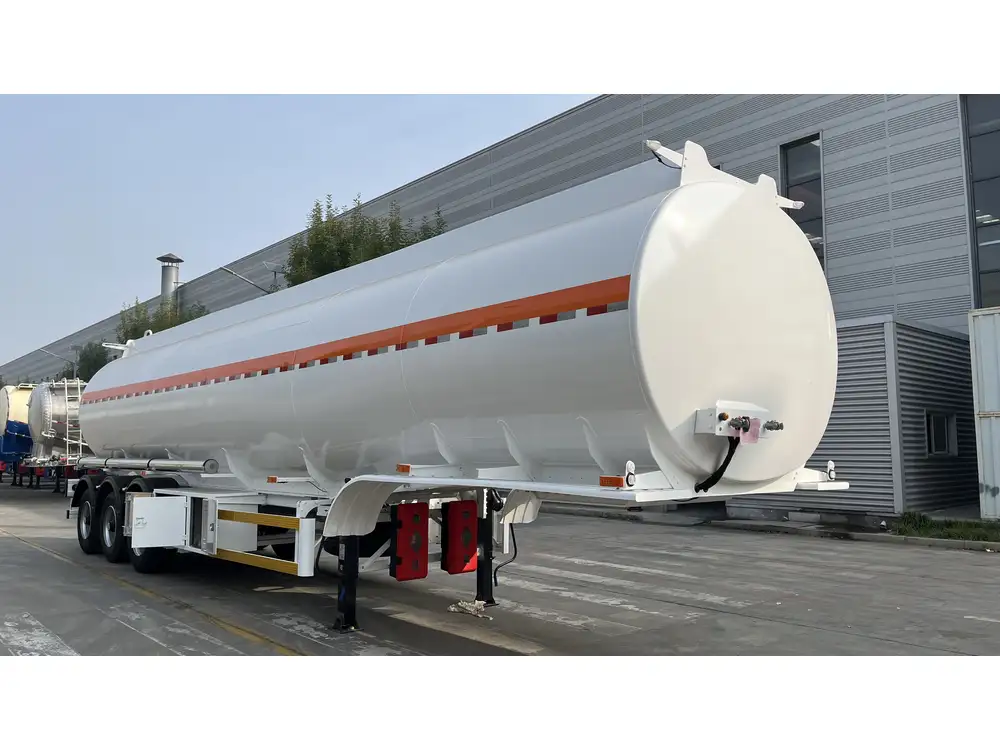
4. Compliance Costs
- Regulatory Fines: Non-compliance with brake standards can result in fines and operational restrictions.
- Inspection Fees: Regular inspections may incur costs, but are necessary for maintaining compliance and safety.
Future Trends in Trailer Brake Systems
The future of trailer brake systems is poised to embrace technological advancements that enhance performance, safety, and integration with broader vehicle systems.
1. Integration with Autonomous Driving Systems
As autonomous and semi-autonomous trucks become more prevalent, brake systems will need to seamlessly integrate with advanced navigation and control systems to ensure coordinated and precise braking actions.
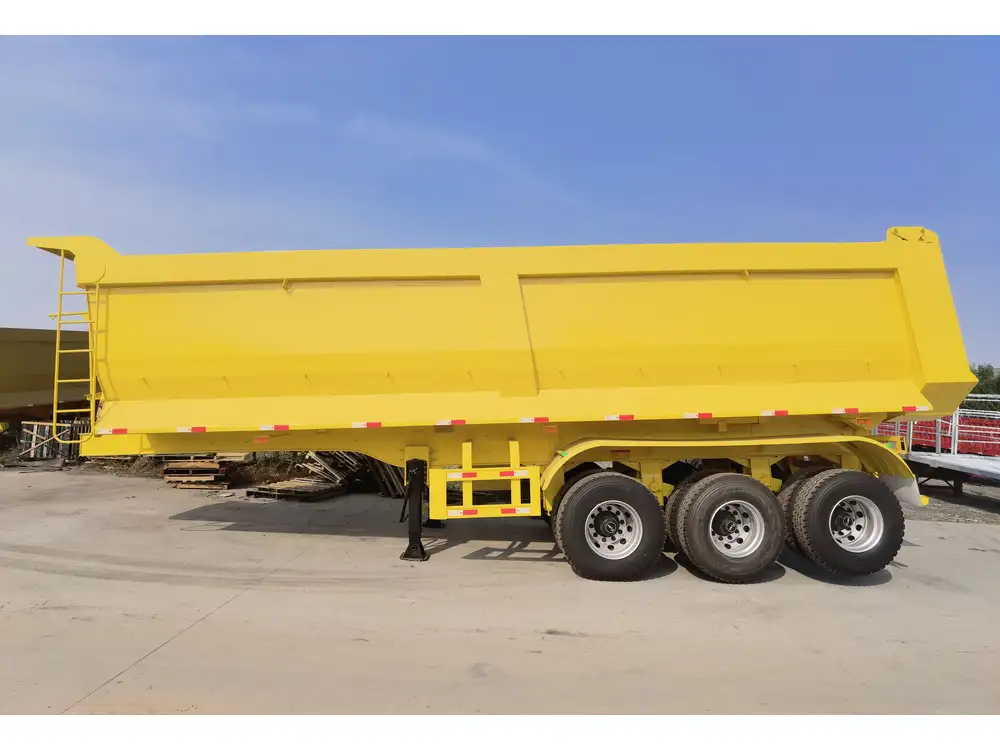
2. Enhanced Sensor Technology
Advanced sensors will provide real-time data on brake performance, wear, and environmental conditions, enabling predictive maintenance and proactive performance adjustments.
3. Energy-Efficient Braking Solutions
Future brake systems will focus on energy efficiency, reducing the energy required for braking through innovative materials and designs, thereby enhancing overall fuel economy.
4. Wireless Communication
Wireless communication between tractor and trailer brakes will streamline operations, allowing for faster response times and more efficient brake management.
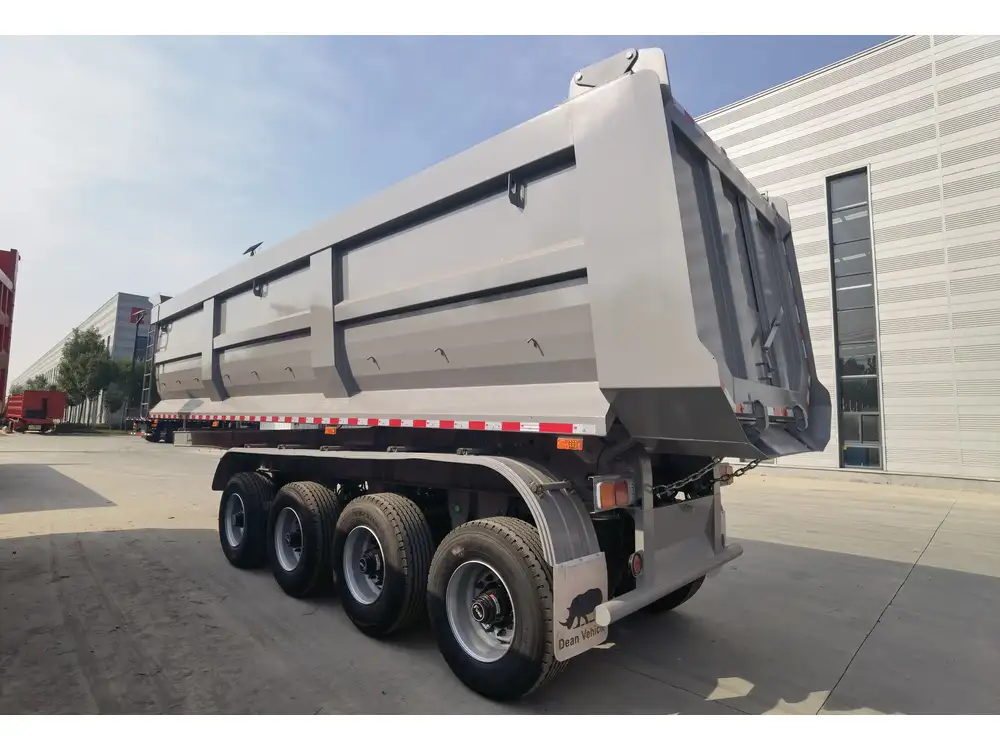
5. Sustainable Materials
The use of sustainable and recyclable materials in brake system components will become a priority, aligning with global efforts towards environmental responsibility.
Conclusion
Semi truck trailer brakes are a critical component in the heavy transportation industry, influencing safety, compliance, and operational efficiency. At CarMax Vehicle, we are dedicated to providing advanced, reliable brake solutions that meet the highest standards of quality and performance. By understanding the different types of brakes, their functionality, maintenance requirements, and the latest technological advancements, fleet managers and truck owners can make informed decisions that enhance their operations and ensure the safety of their cargo and drivers.
Frequently Asked Questions

1. How often should I inspect my semi truck trailer brakes?
Regular inspections are recommended before each trip and comprehensive checks should be conducted at least once a month. Additionally, a thorough inspection should be performed after every 50,000 miles or as specified by the brake manufacturer.
2. What are the signs that my trailer brakes need maintenance or replacement?
Common signs include squealing or grinding noises, reduced braking efficiency, longer stopping distances, uneven brake wear, and air leaks in the brake system.
3. Can I upgrade my existing trailer brake system to an electronic brake system?
Yes, upgrading to an electronic brake system is possible and can offer benefits such as improved braking precision, better integration with vehicle electronics, and enhanced safety features. It is advisable to consult with a professional brake system provider like CarMax Trailer for the best upgrade options.

4. What maintenance practices can extend the lifespan of trailer brakes?
Regular inspections, timely replacement of worn components, maintaining proper air pressure, ensuring clean and unobstructed brakes, and adhering to recommended maintenance schedules are all practices that contribute to extending brake lifespan.
5. Are CarMax Trailer brake systems compliant with international safety standards?
Yes, CarMax Trailer brake systems are designed to meet and exceed international safety standards, including FMCSA, SAE, EU technical standards, and ISO certifications, ensuring global compatibility and reliability.



